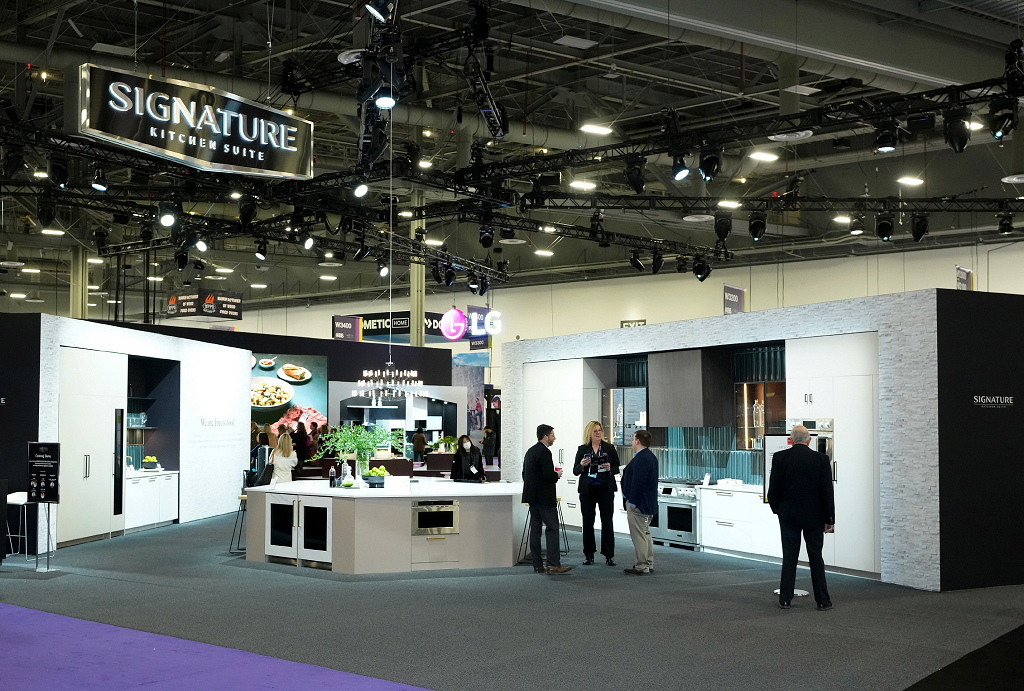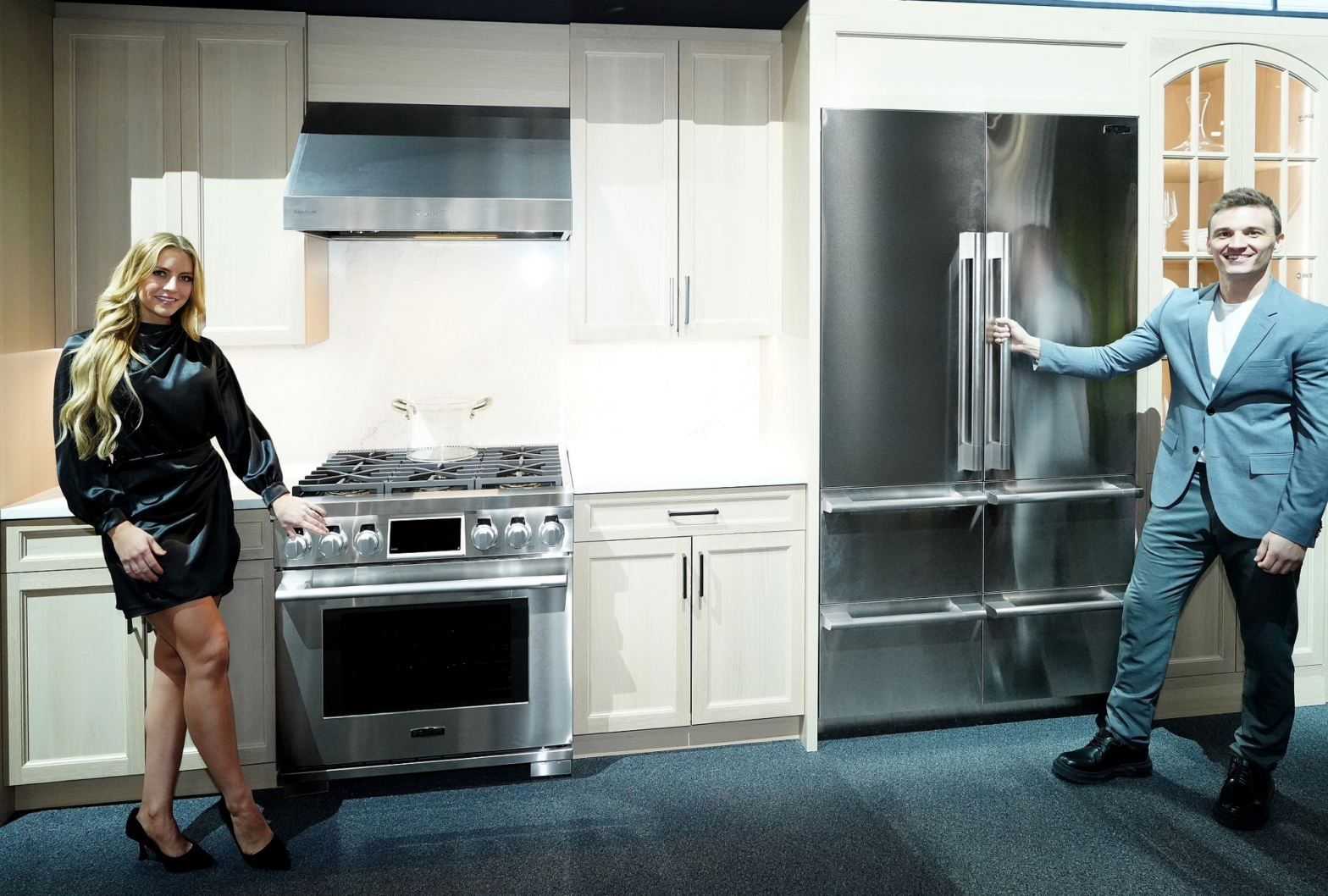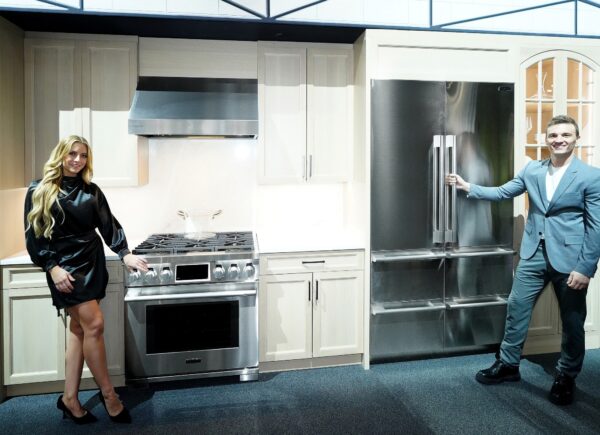Company’s Innovations Comply With ISO/SAE 21434
Cybersecurity Standard for Vehicles
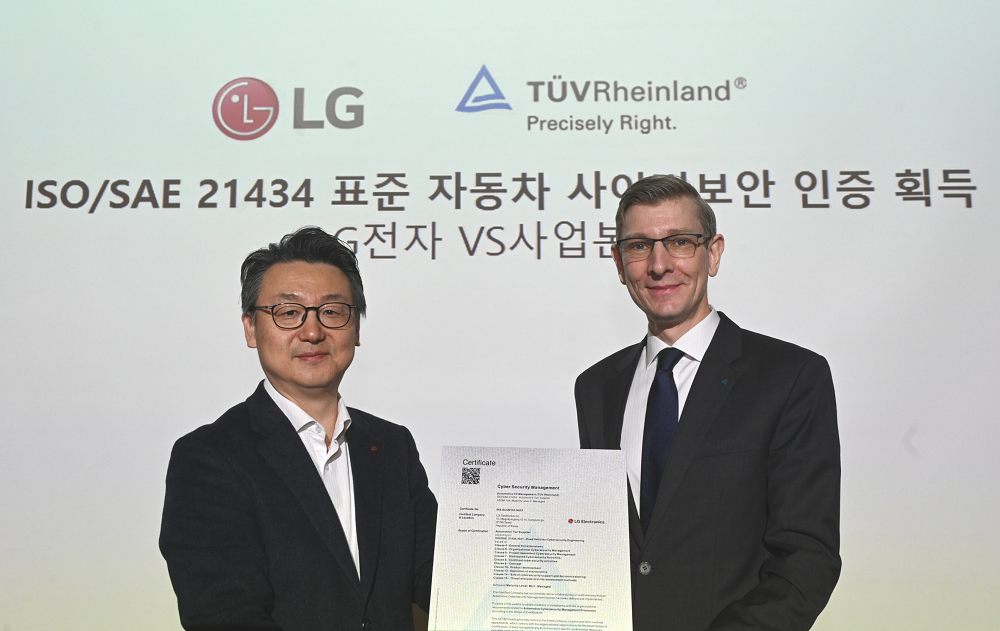
SEOUL, Feb. 20, 2023 — LG Electronics (LG) has announced that its vehicle components have been verified for complying with ISO/SAE 21434, fundamental for the United Nations Economic Commission for Europe’s (UNECE) regulation No. 155 (UN R155). This standard automotive cybersecurity measure requires vehicle and vehicle parts manufacturers to employ certified cybersecurity management systems for protection against hackers and other cybersecurity threats. Meeting the highest standards for digital security, LG’s automotive cybersecurity management system has earned the ISO/SAE 21434 certification from leading global testing organization TÜV Rheinland.
UNECE vehicle cybersecurity regulations, including UN R155, were established to make current and future car models safer against the ever-increasing risk of cyberattack. With vehicles now collecting, accessing and storing a large volume of data, cybersecurity has become a major focus for the automotive sector. In EU countries, auto manufacturers must adopt Cybersecurity Management Systems (CSMS) and get Vehicle Type Approval (VTA) in order to offer their products. In regions outside of the EU, such as North America and Asia, similar types of rules and regulations have come into force.
In this environment, CSMS system verification plays an instrumental role in the competitiveness of automotive parts. LG’s key products, including in-vehicle infotainment (IVI) systems and telematics, meet the stringent cybersecurity requirements set out in ISO/SAE 21434 according to the UN R155. This means the company is able to supply its auto industry partners with highly secure and reliable mobility solutions that meet or exceed the latest standards. Based on its considerable experience in developing and operating cybersecurity processes, LG can respond quickly to new standards, giving the company a distinct advantage over other industry players.
LG is utilizing its certified CSMS to develop confidence in vulnerable vehicle components and solutions for automakers. Moving forward, the company will also be working closely with its customers to test the cybersecurity of vehicles employing LG solutions, helping to ensure they are protected against cybersecurity threats throughout their operational life.
In September 2021, LG enhanced its capabilities in this highly important area of future mobility by acquiring Israeli cybersecurity company, Cybellum. LG’s commitment to and investment in cybersecurity have seen the company achieve meaningful results, including the recent verification from the UNECE.
“We sincerely congratulate LG on obtaining cybersecurity management system certification according to ISO/SAE 21434,” said Frank Juettner, CEO and director of TÜV Rheinland Korea. “Over the past decade, the automotive industry has transformed to meet the demand for advanced vehicles. Strengthening protection against automotive cybersecurity threats ultimately benefits both users and suppliers and this certification can be seen as a preemptive response by LG to prepare for security in the future automotive market.”
“In the era of software-defined vehicles, the ability to deliver reliable cybersecurity will play an ever-greater role in the automotive industry,” said Eun Seok-hyun, president of LG Vehicle component Solutions (VS) Company. “Gaining certification for ISO/SAE 21434 compliance shows that we can adapt and respond quickly to new regulations designed to protect vehicles and their occupants from cyberattacks.”
# # #
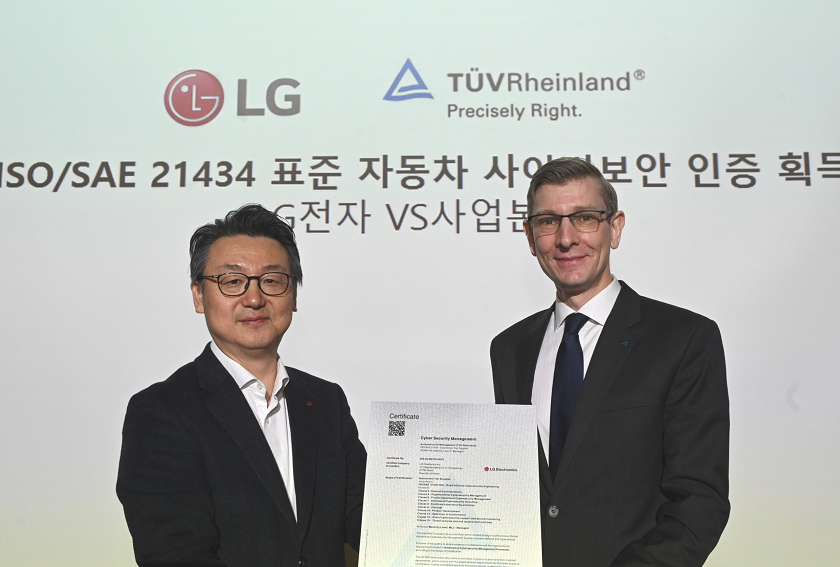
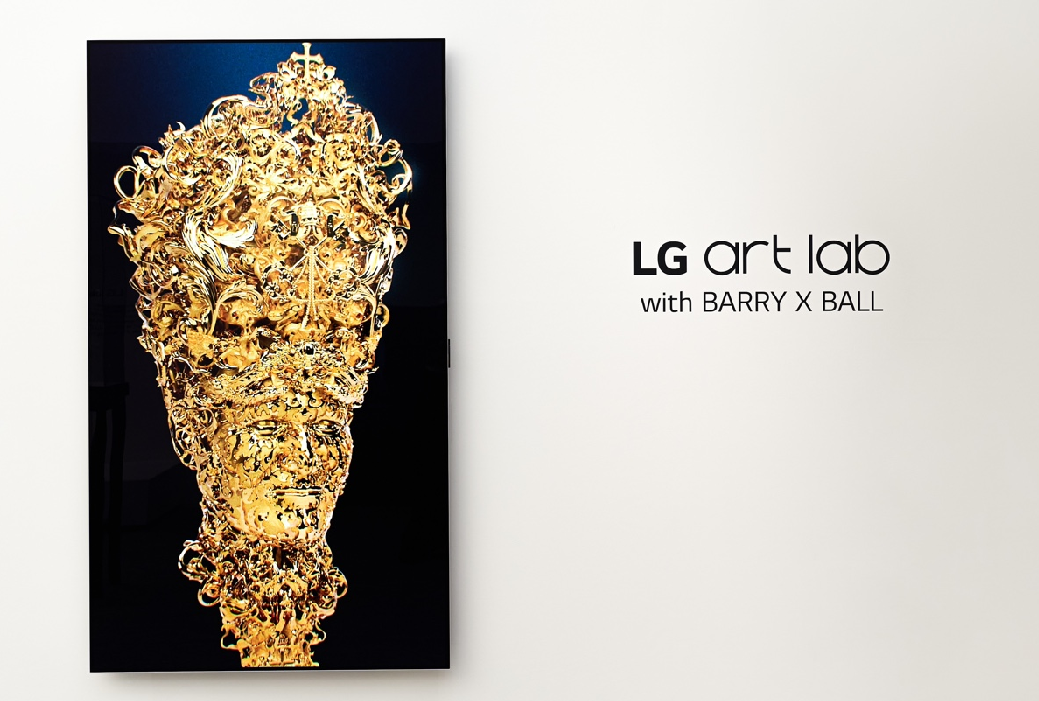
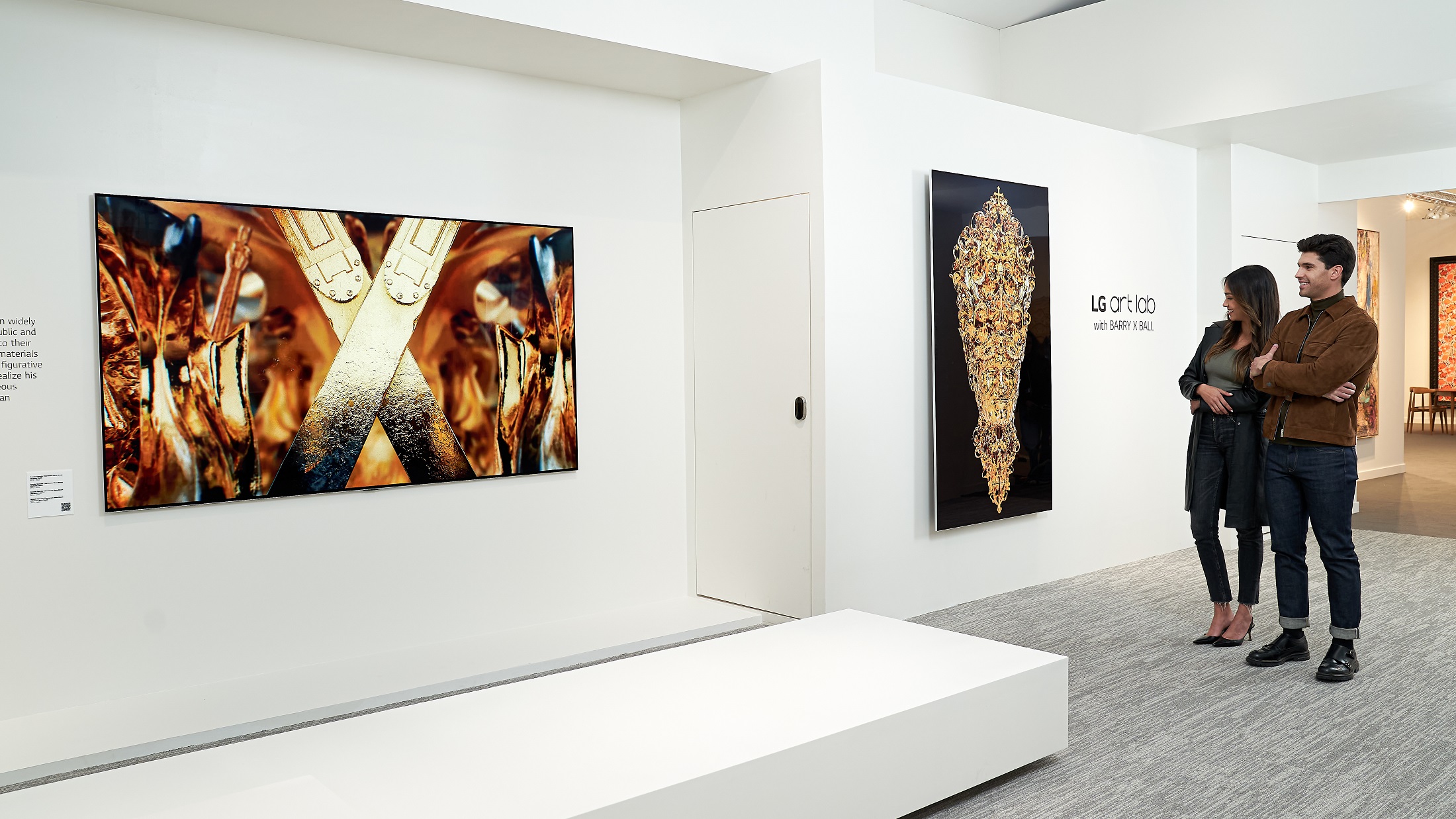
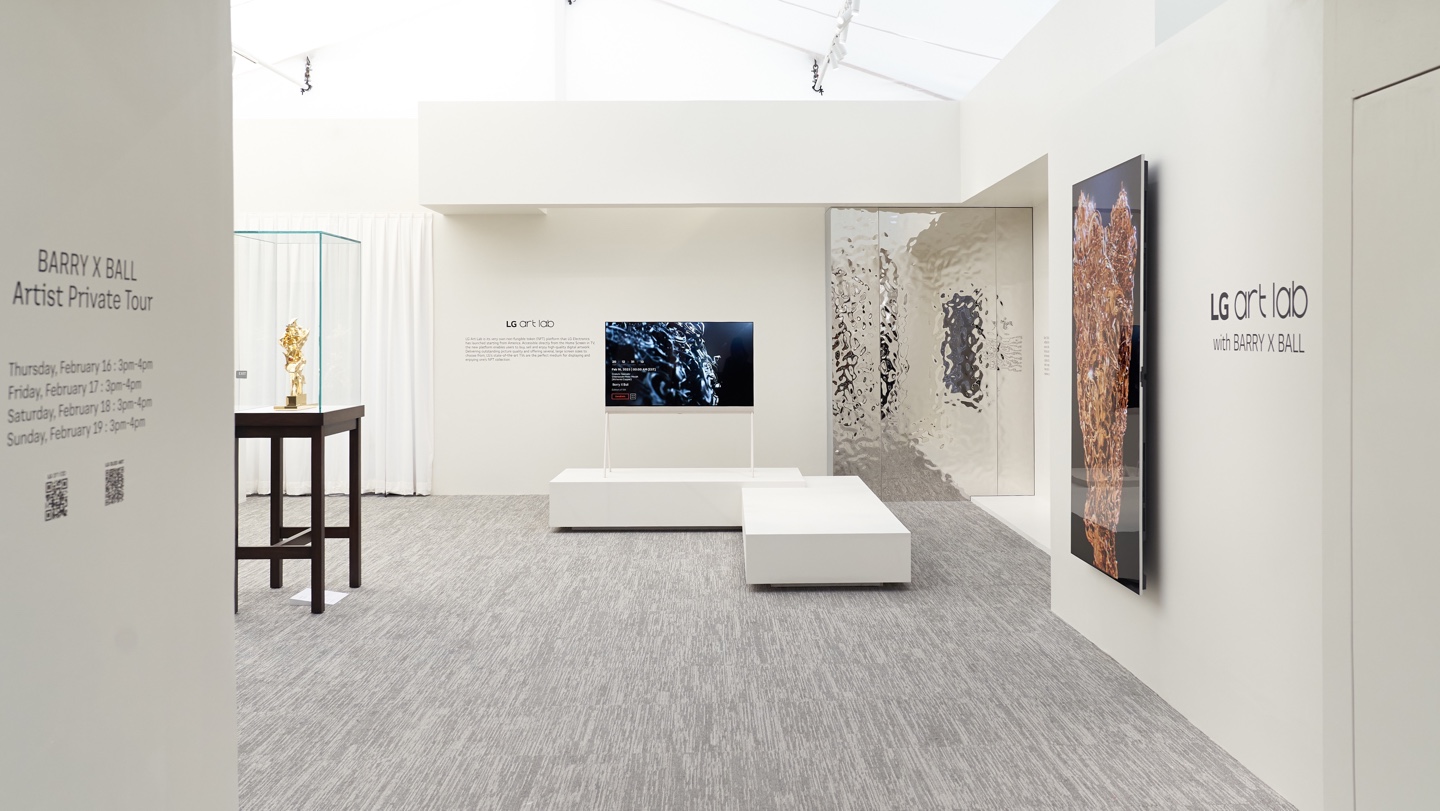
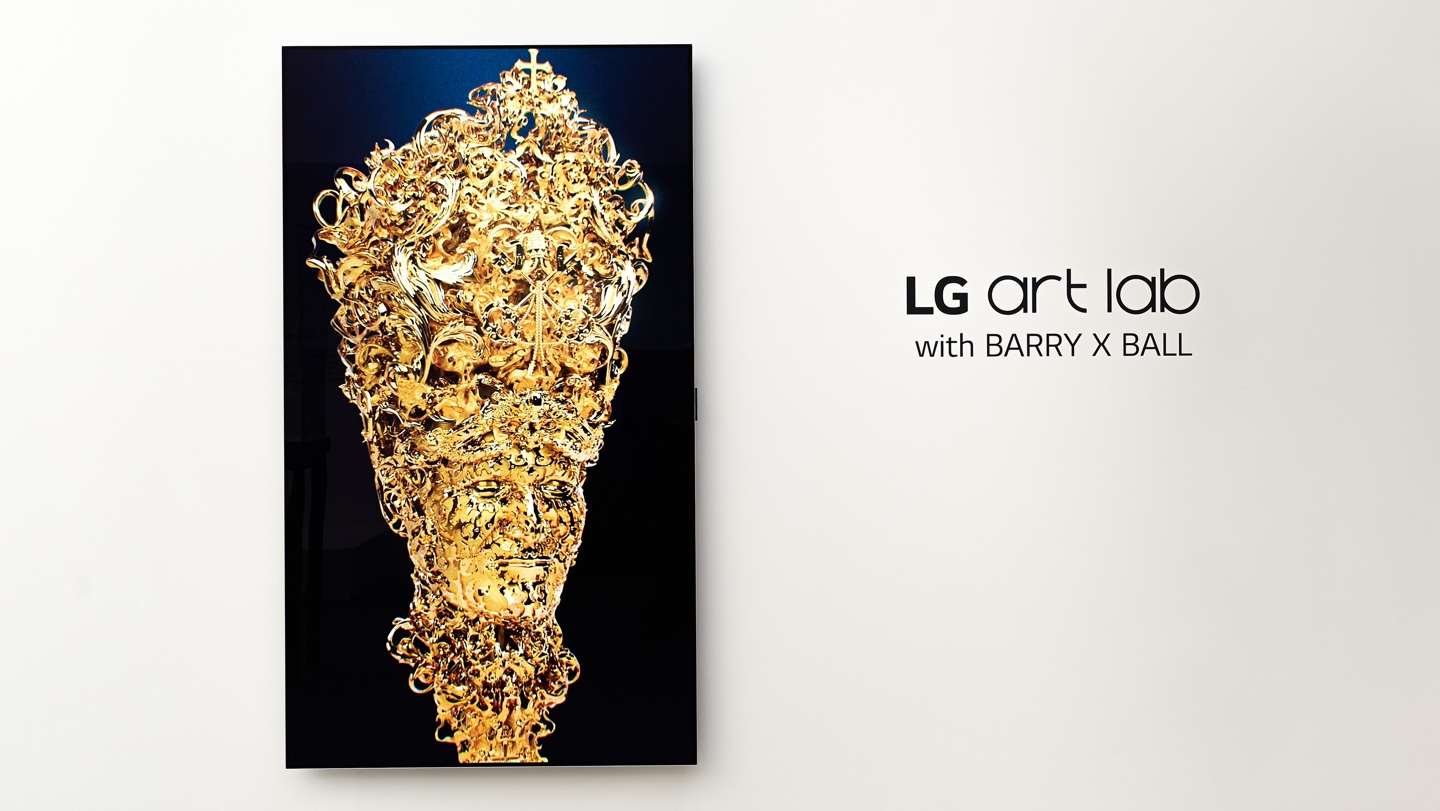
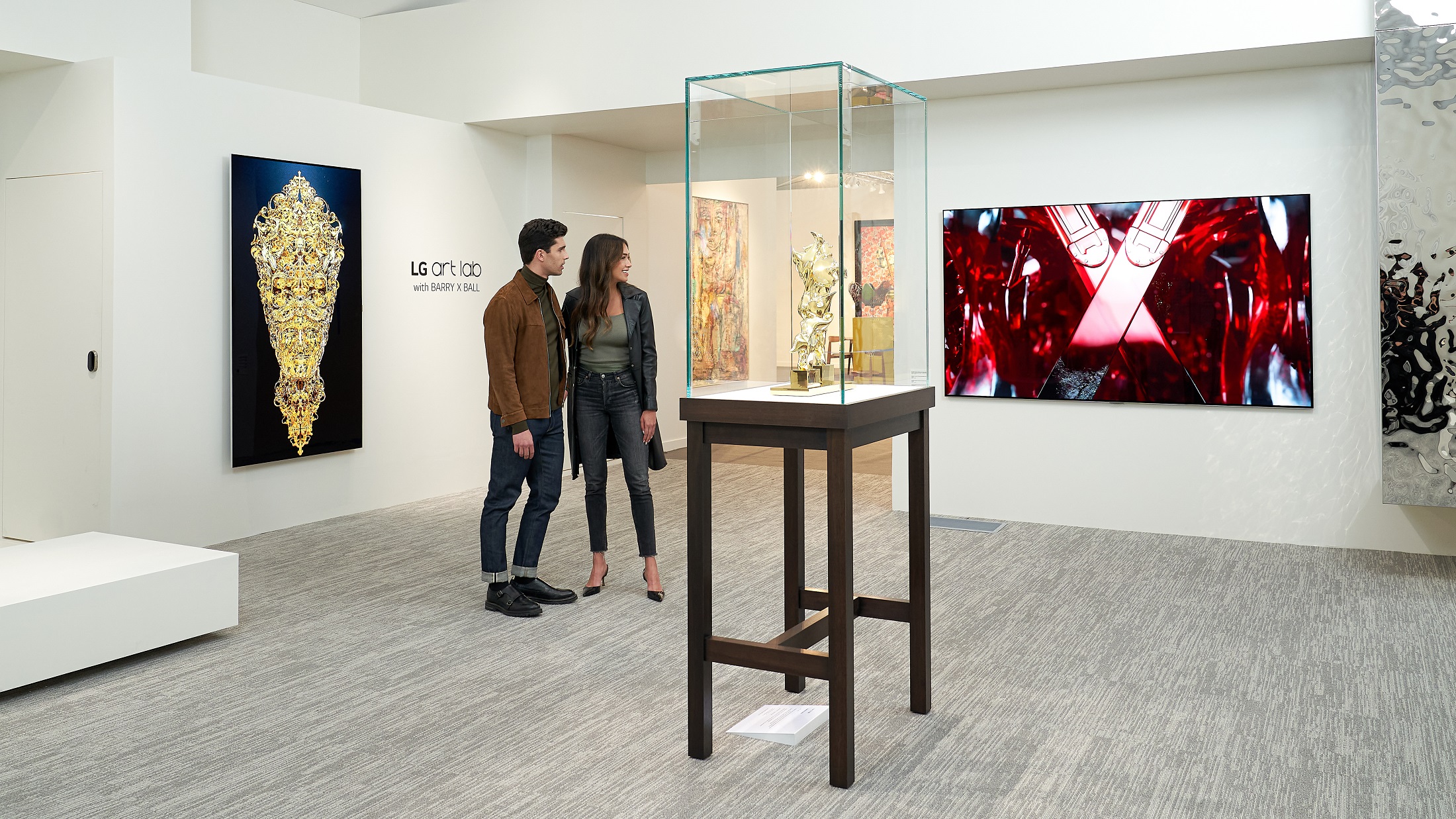
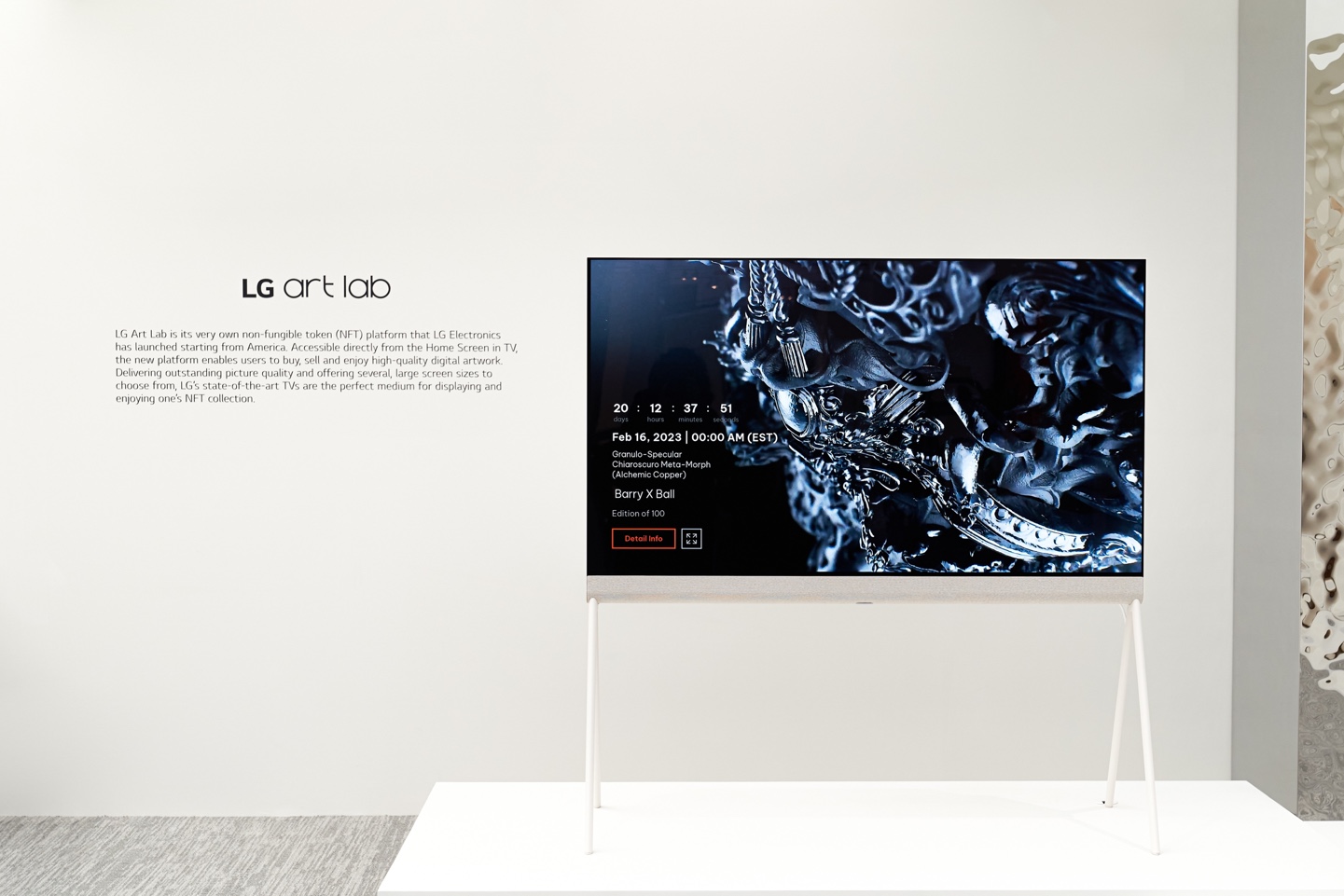
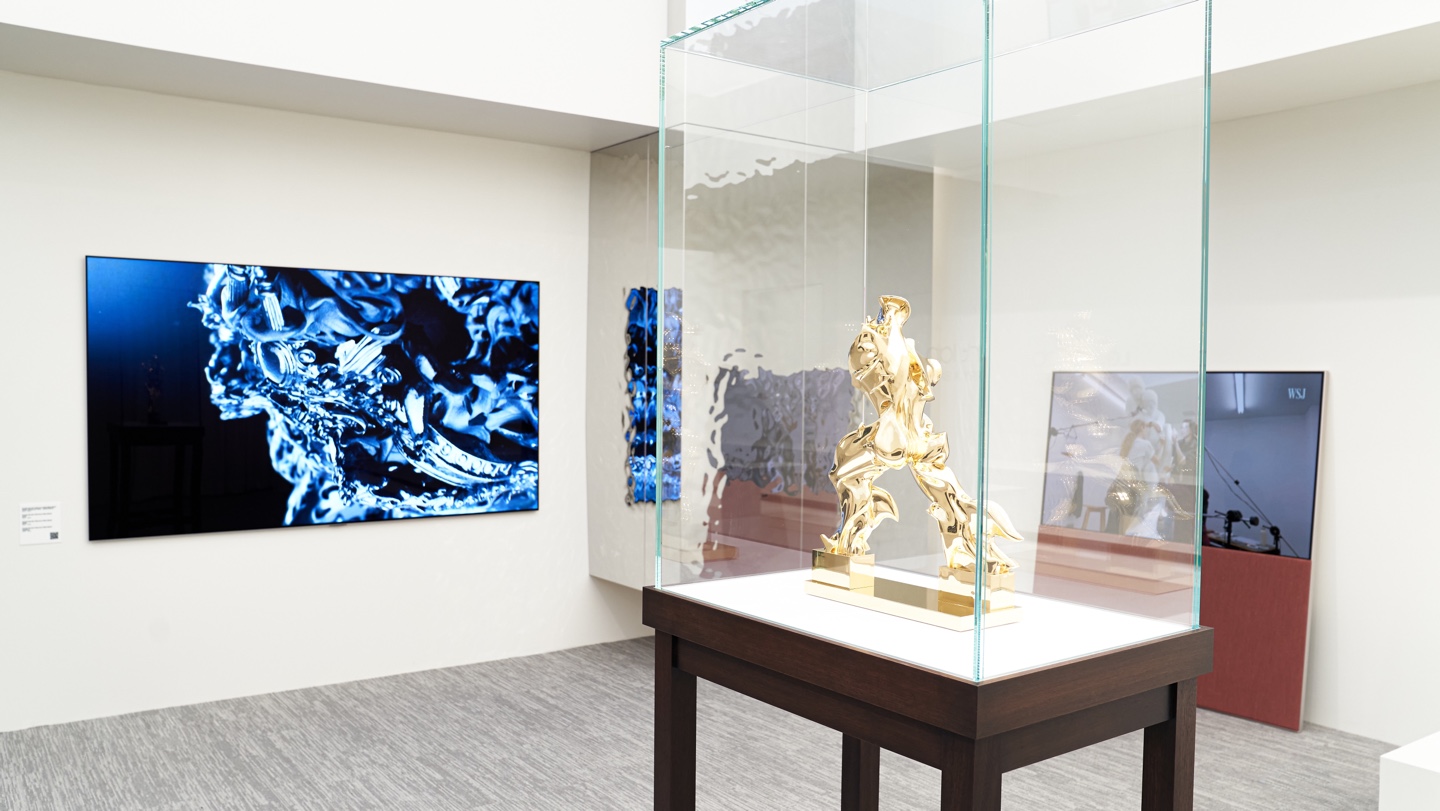
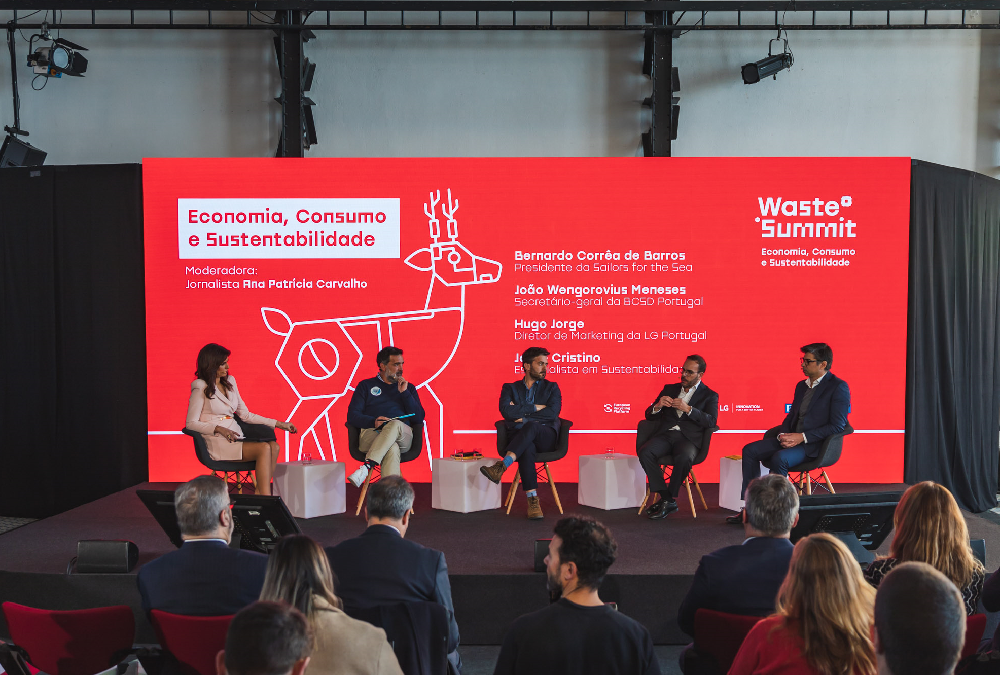

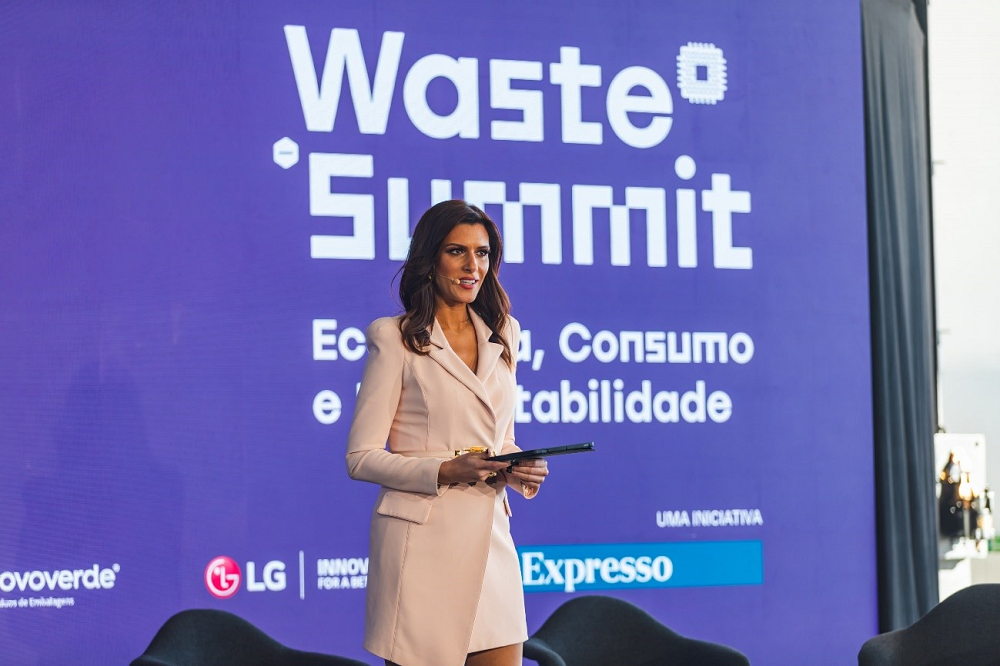
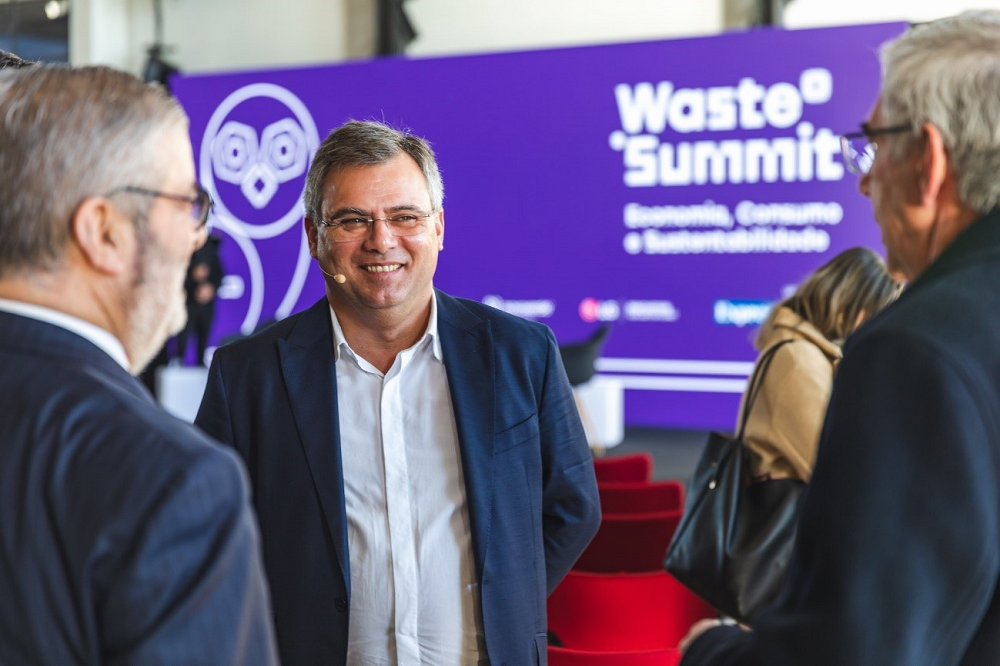
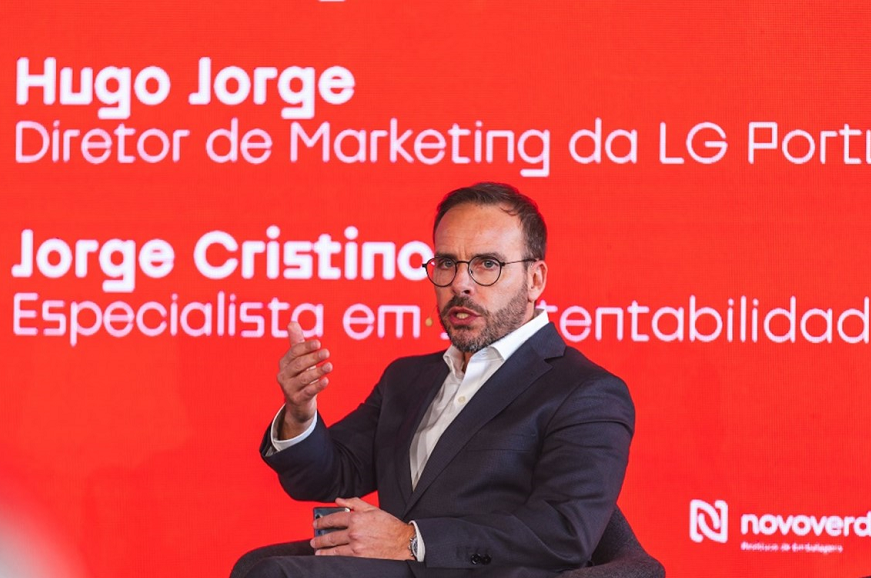
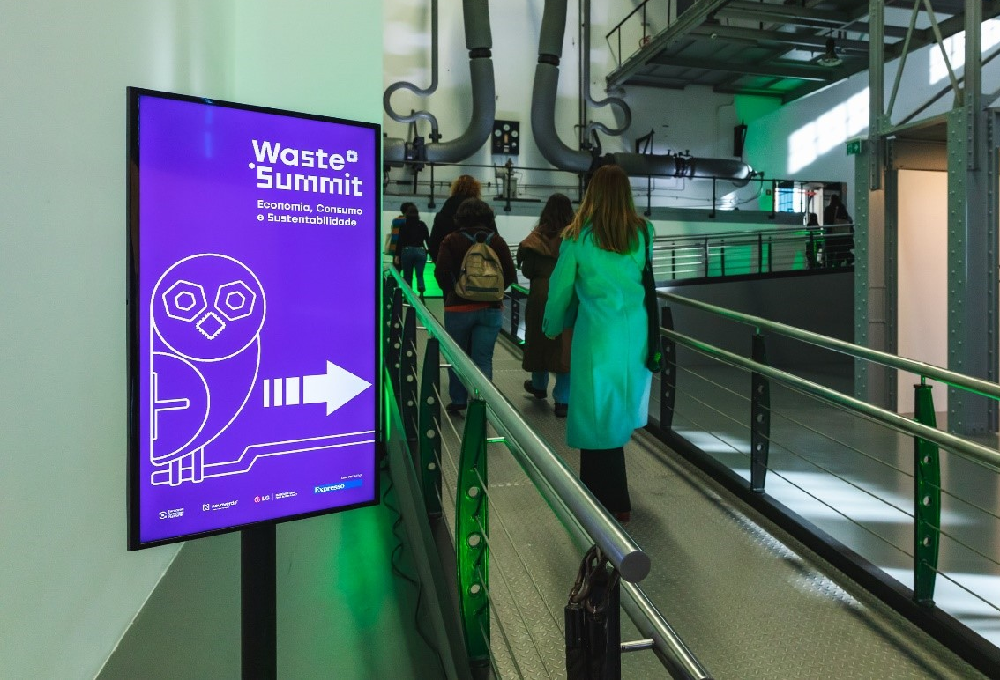


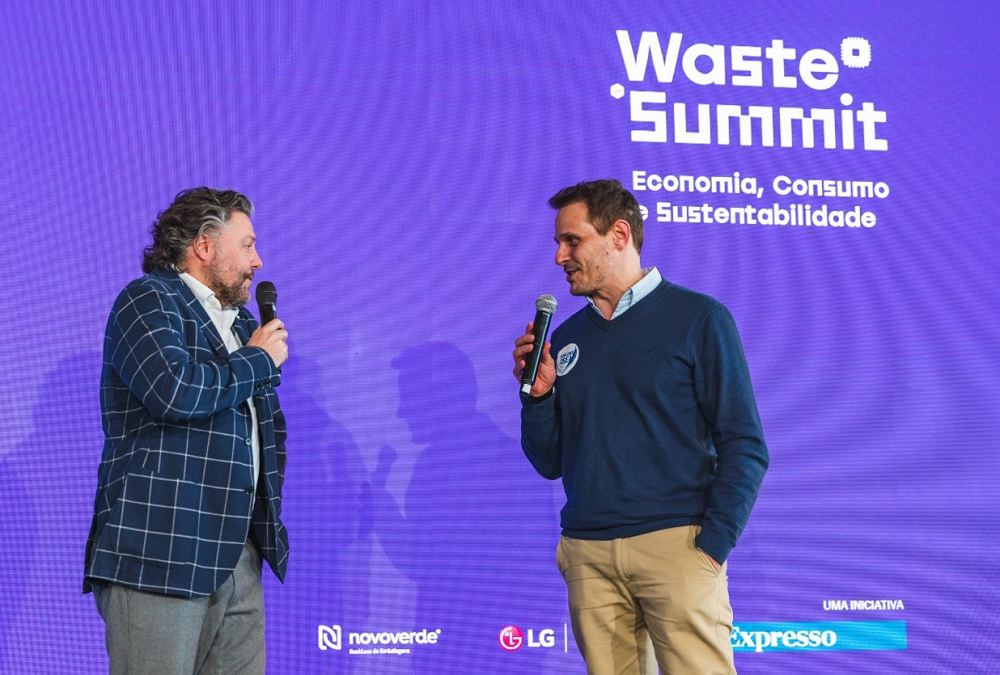
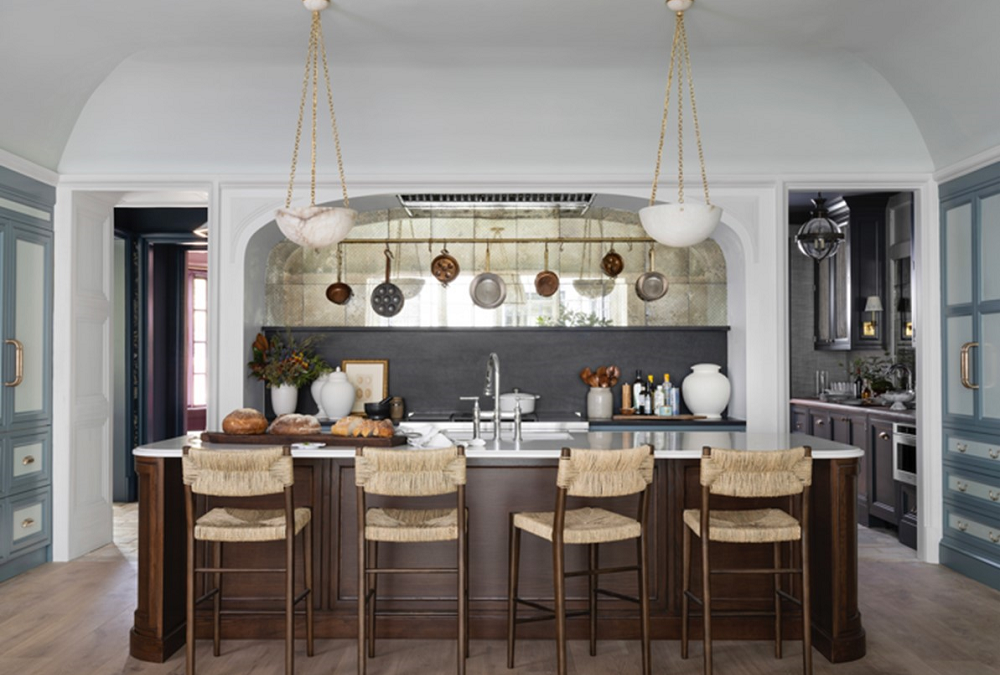
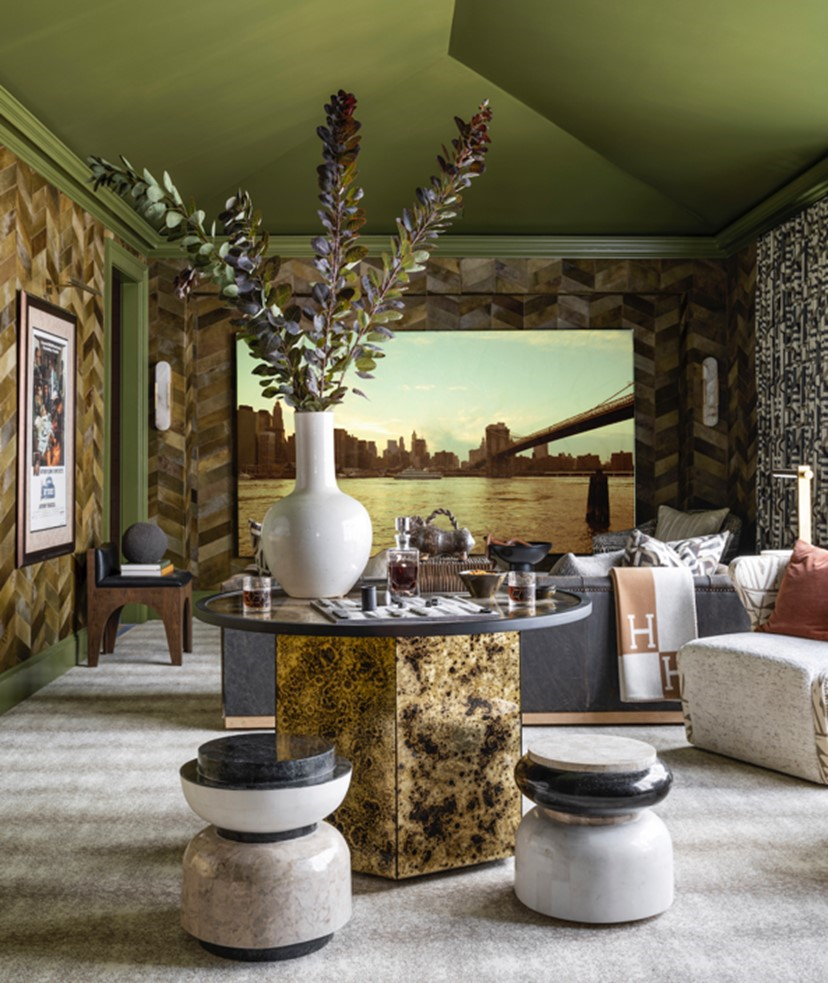
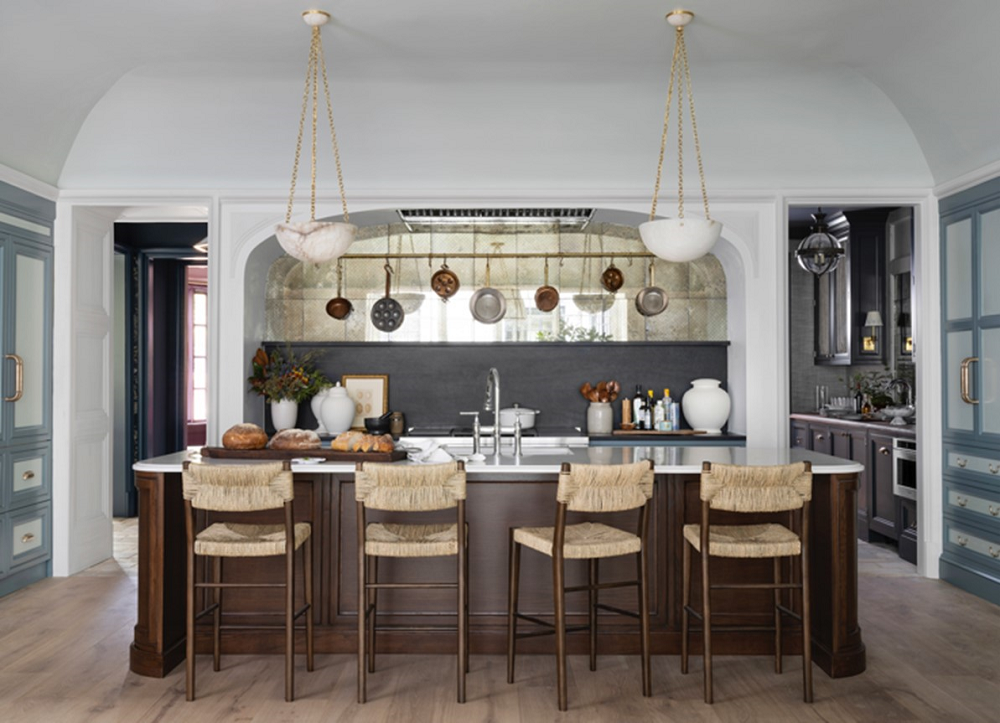
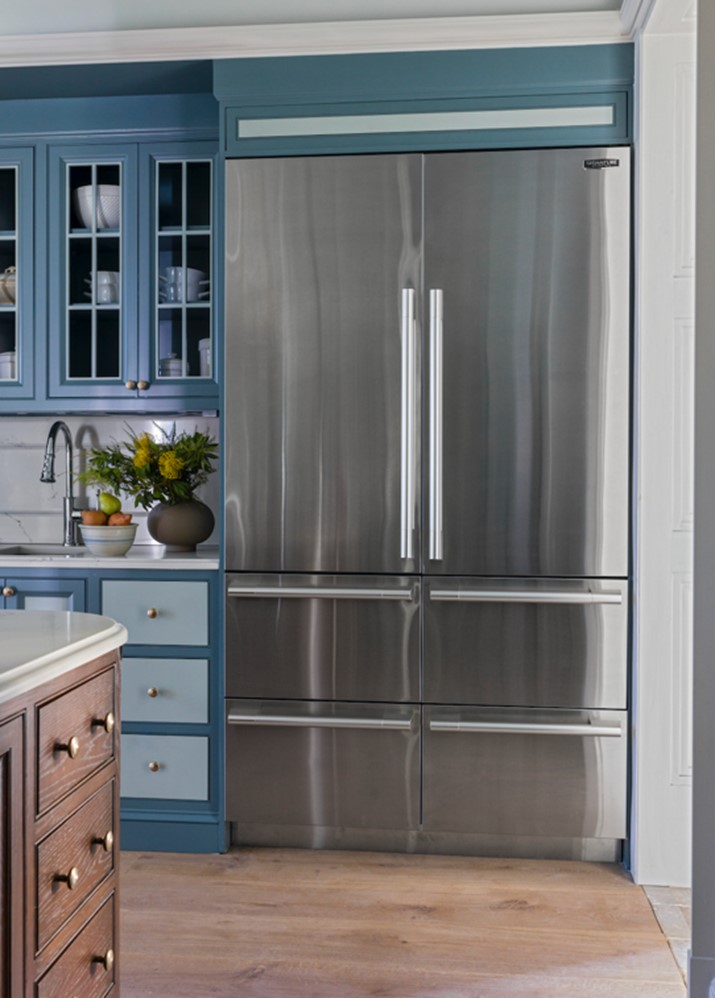
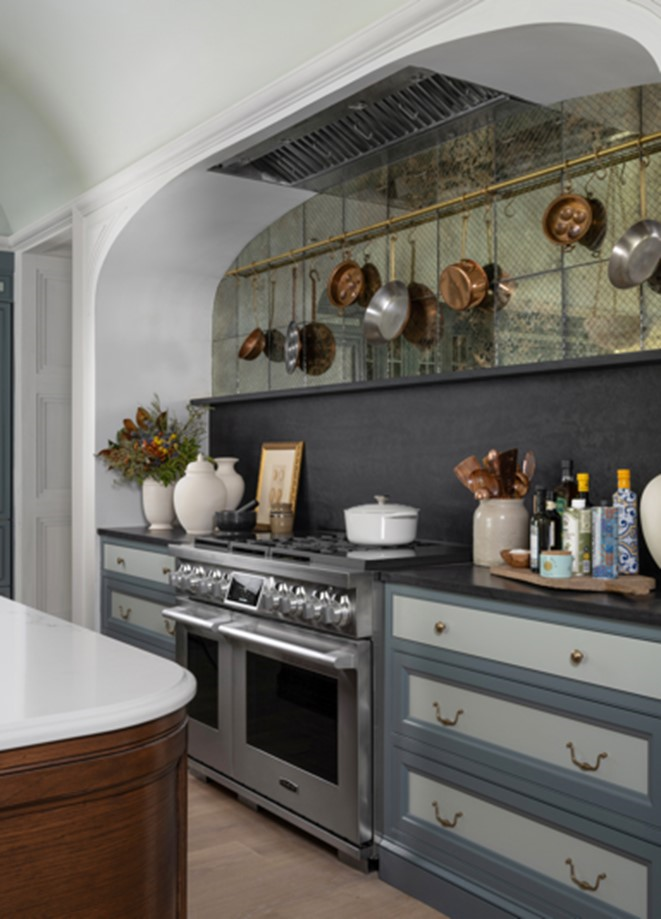
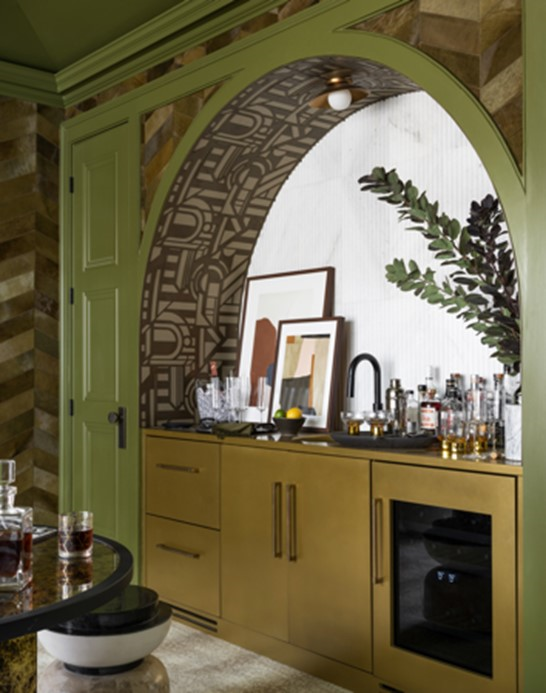
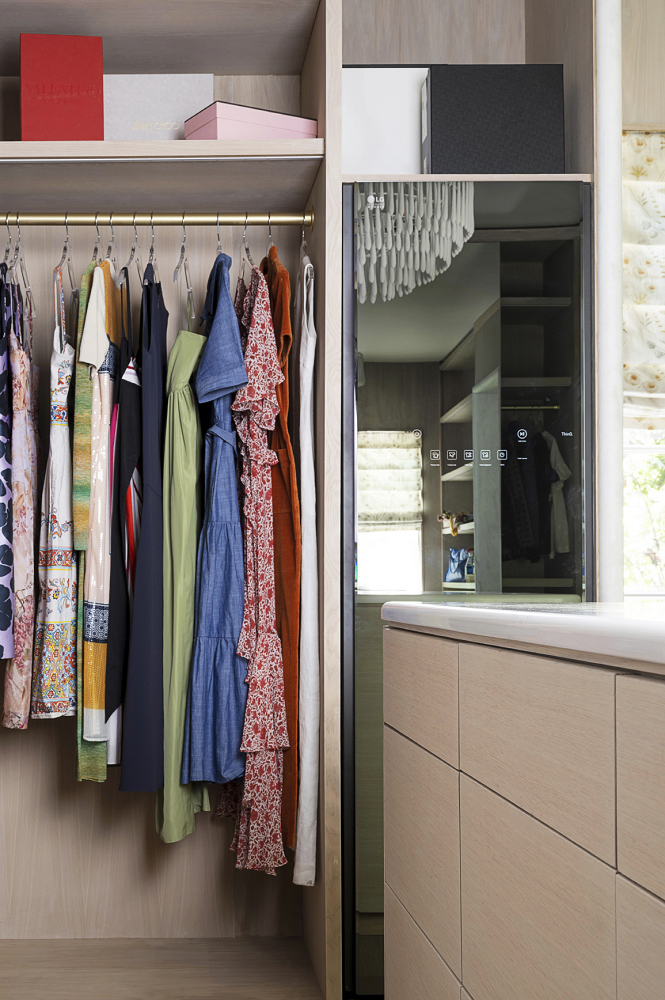
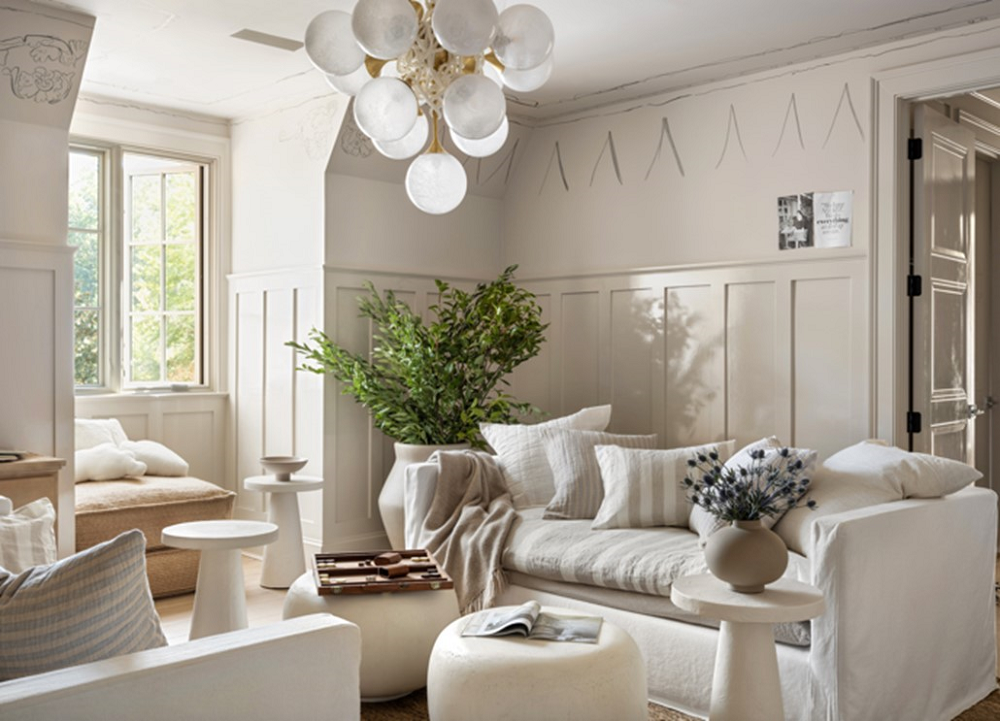
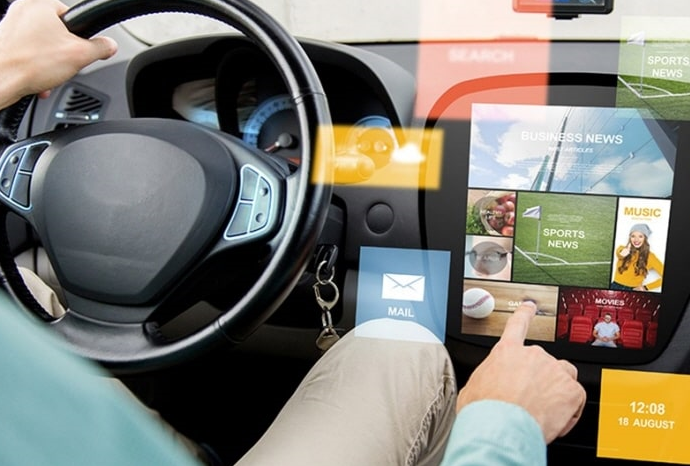
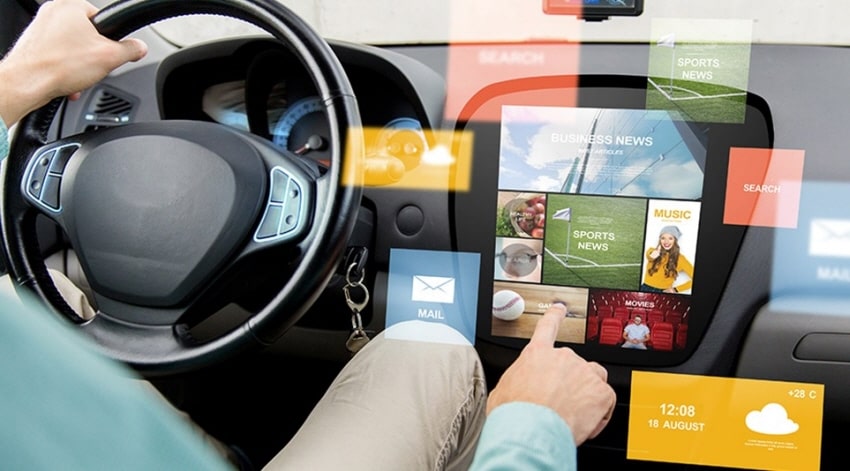

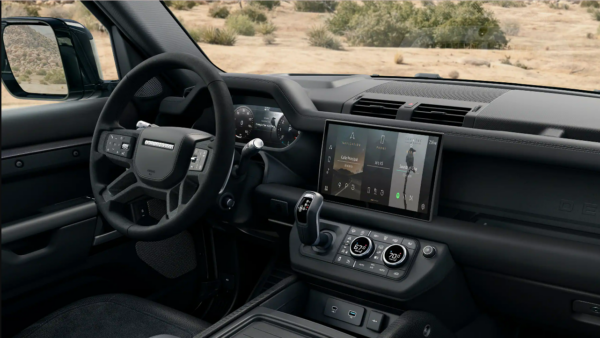
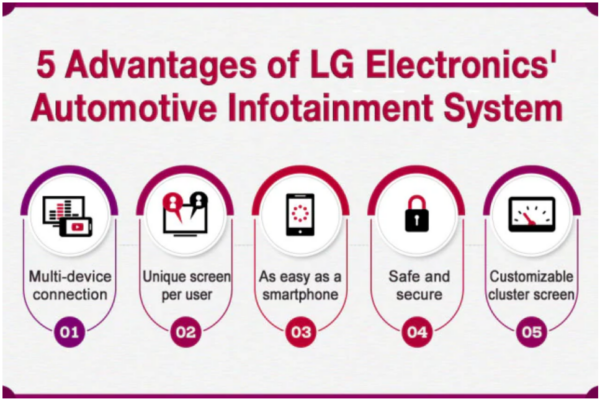
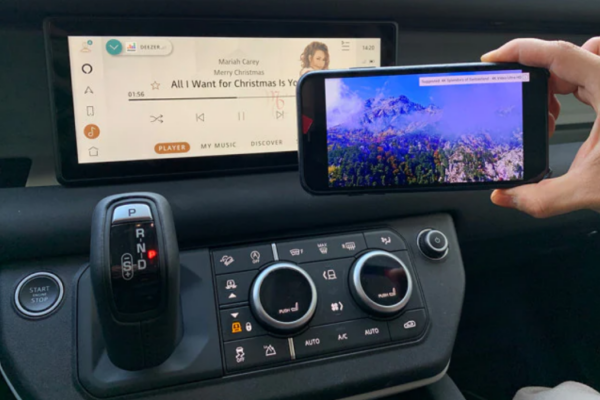
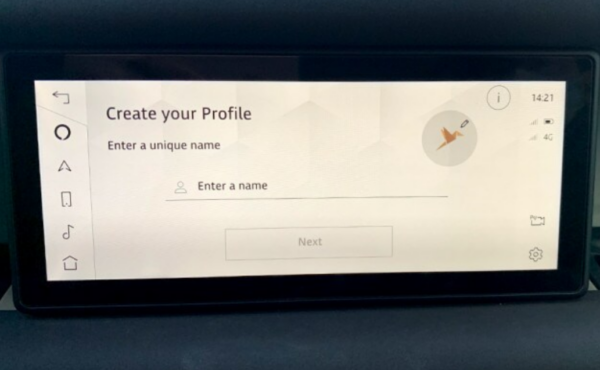
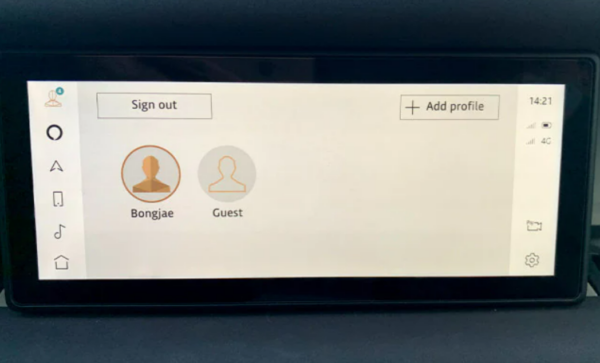
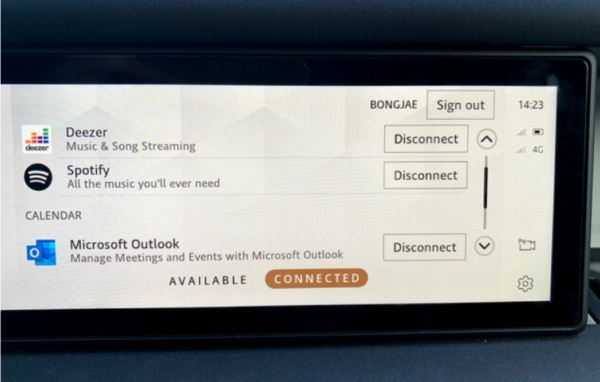
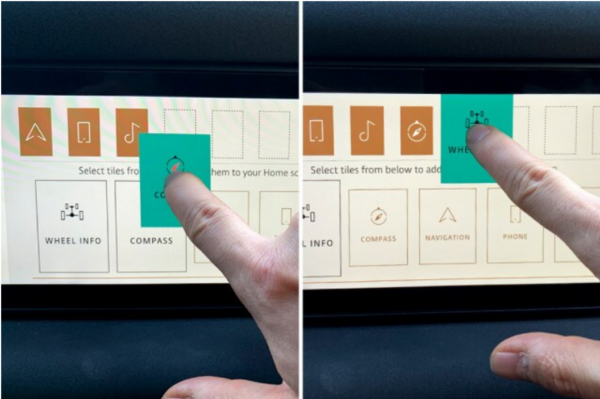

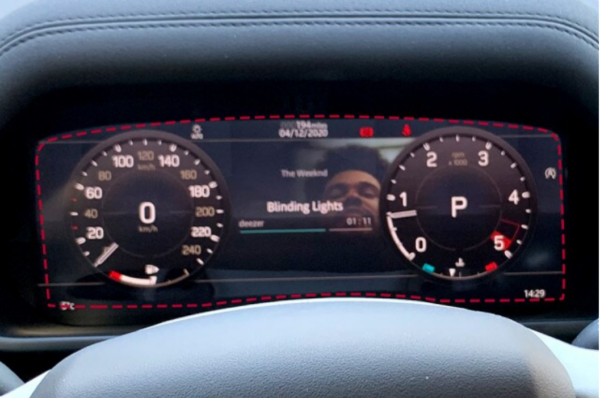
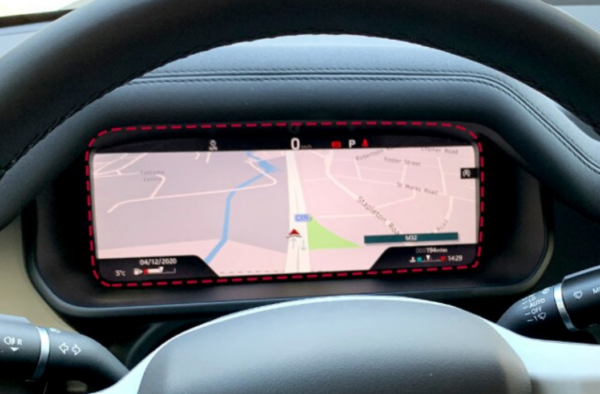
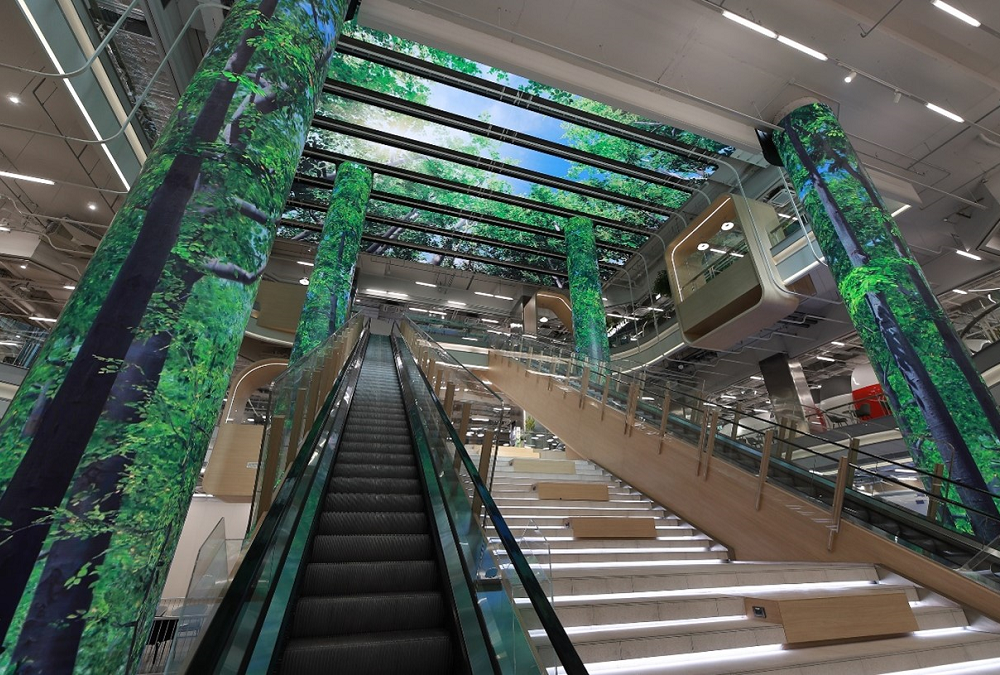
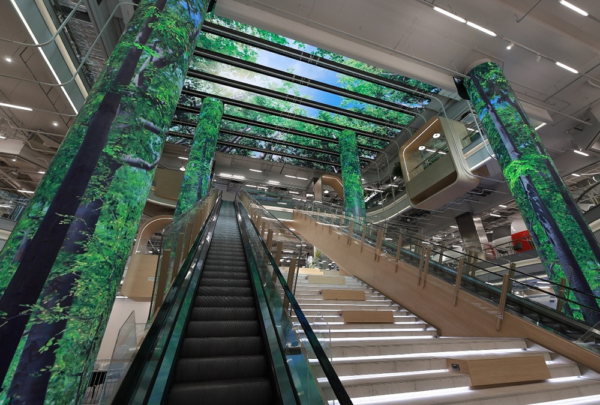
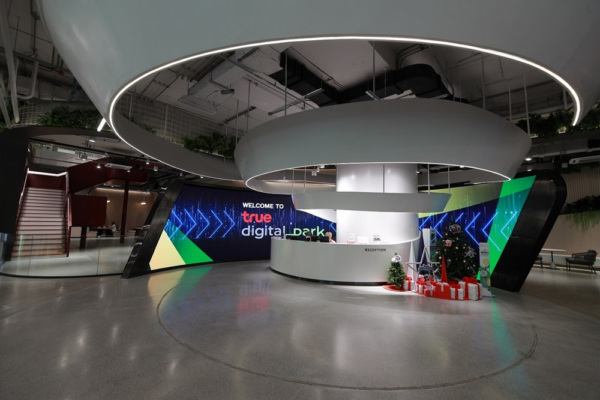
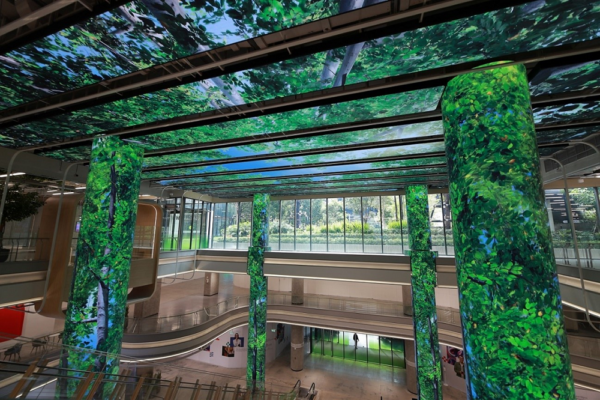
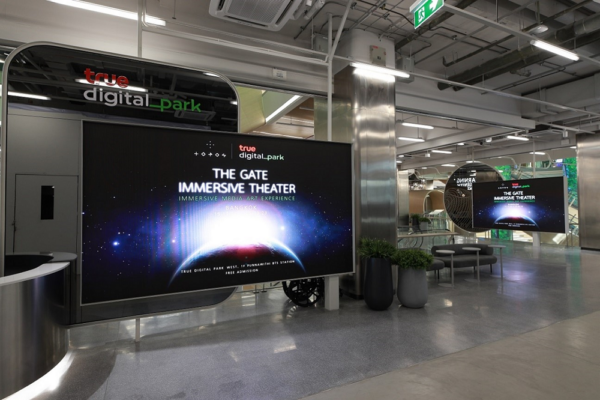
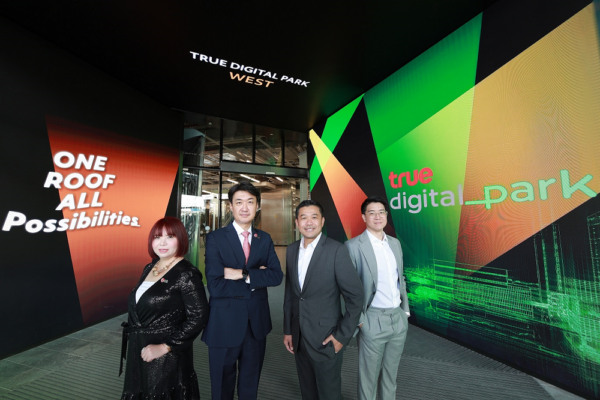
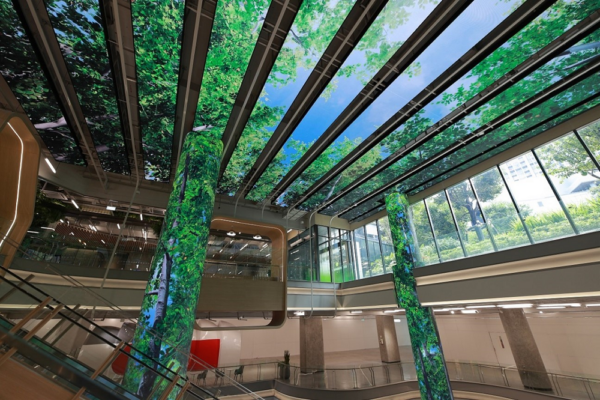
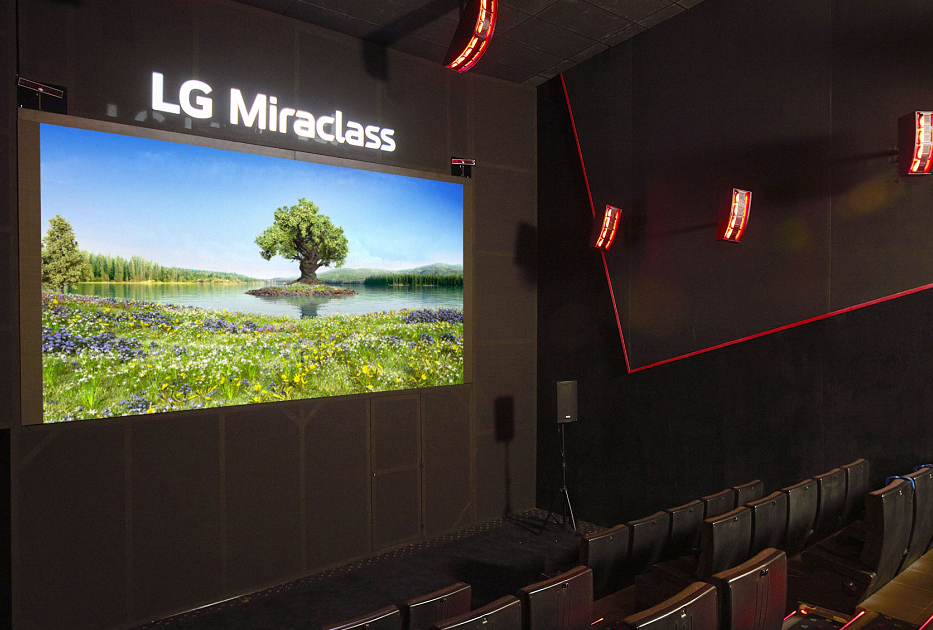
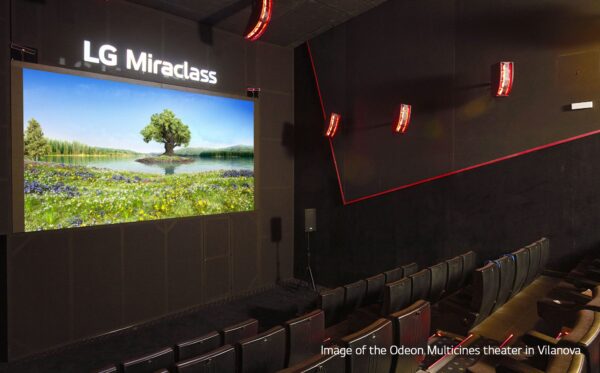
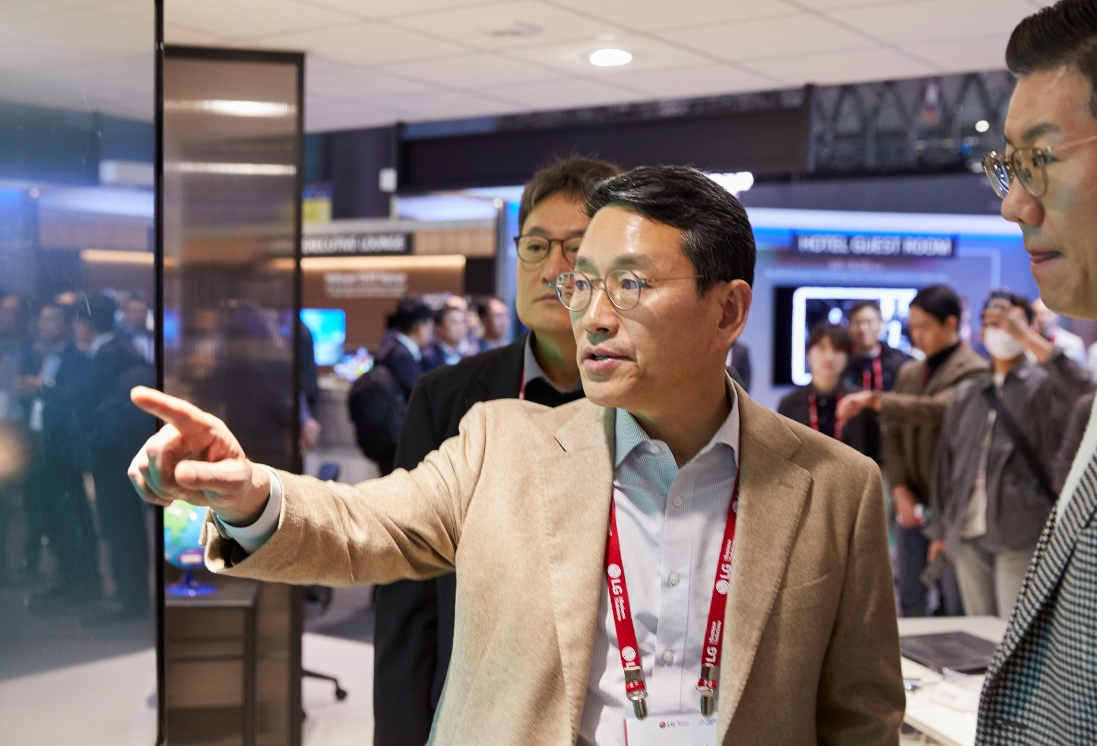
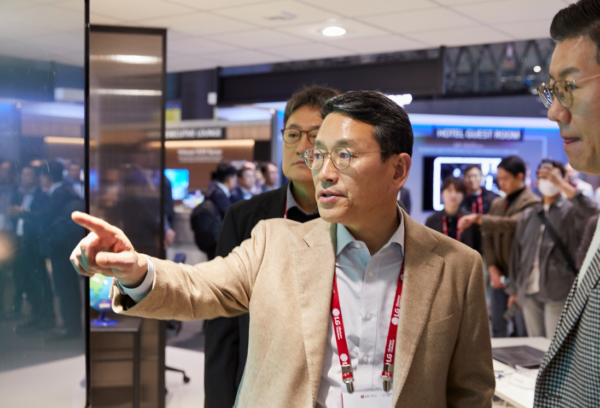
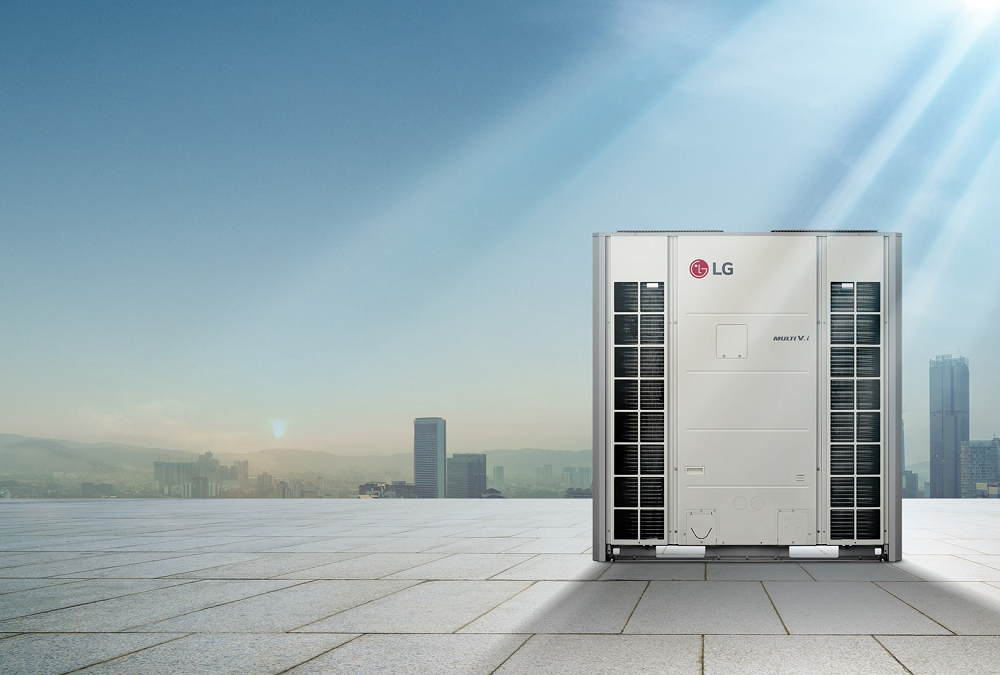
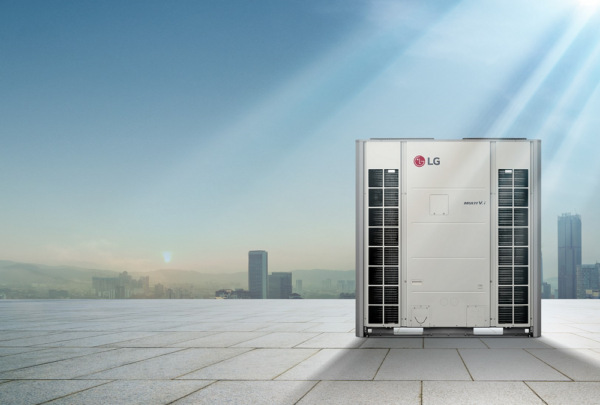
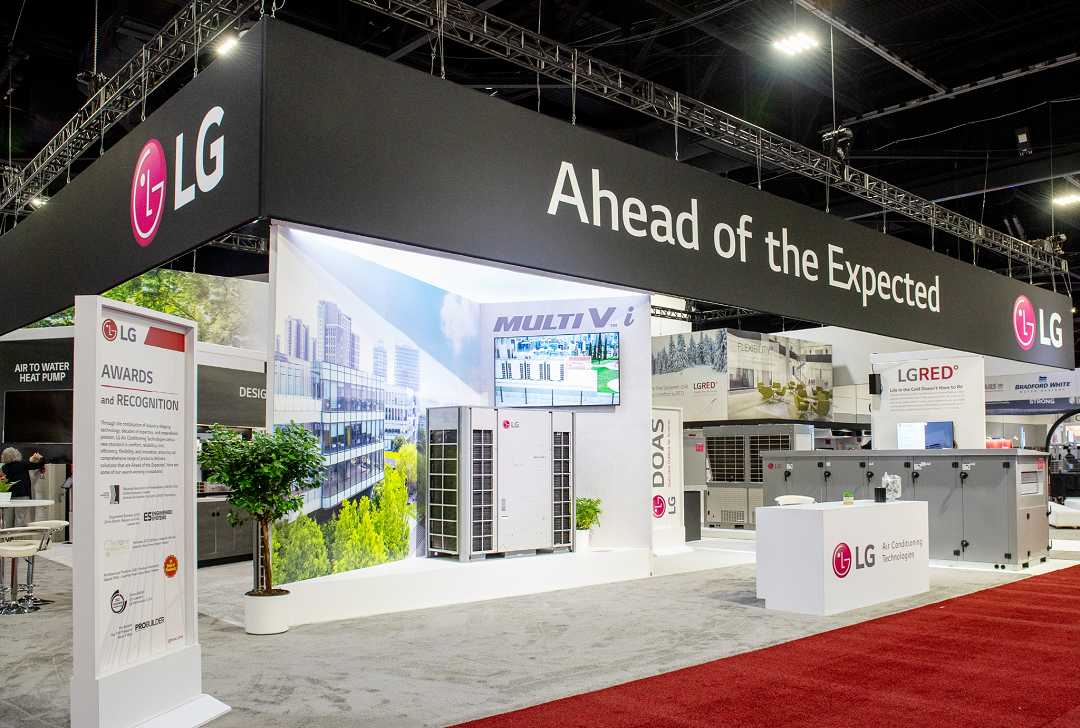
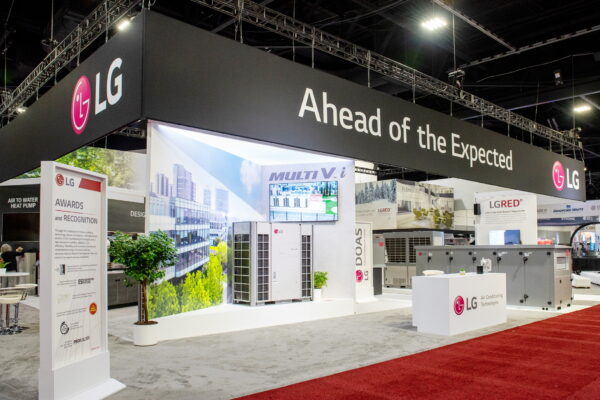
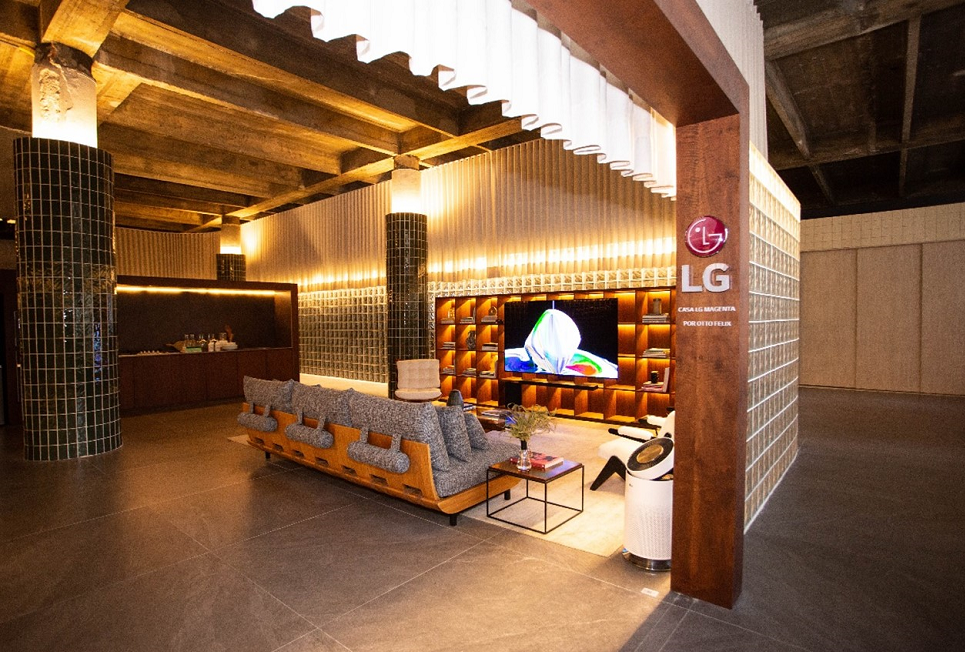
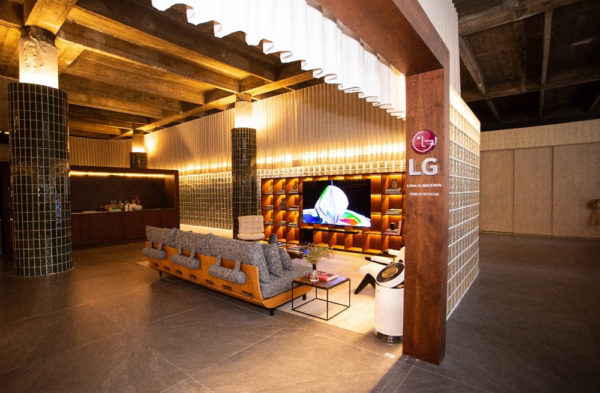
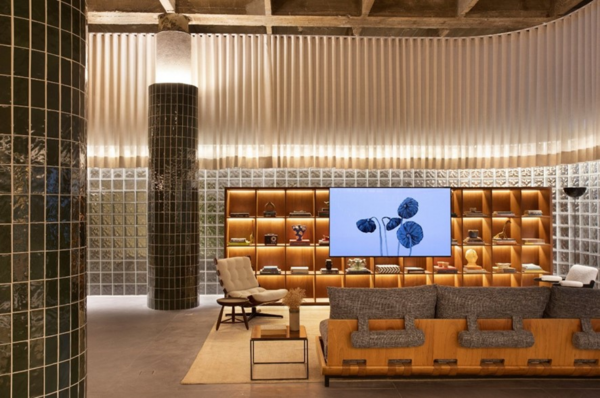
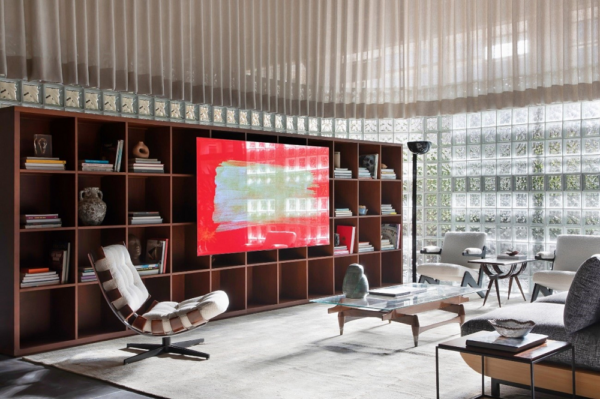
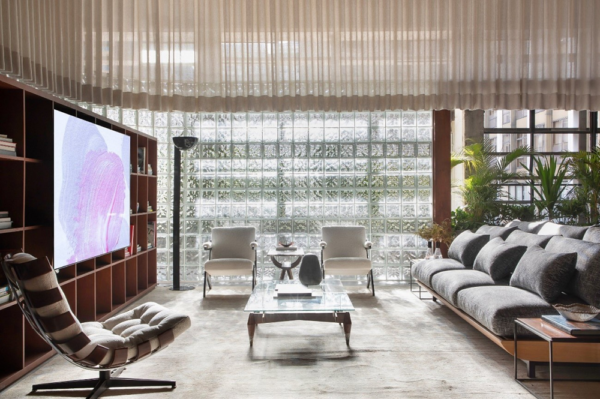
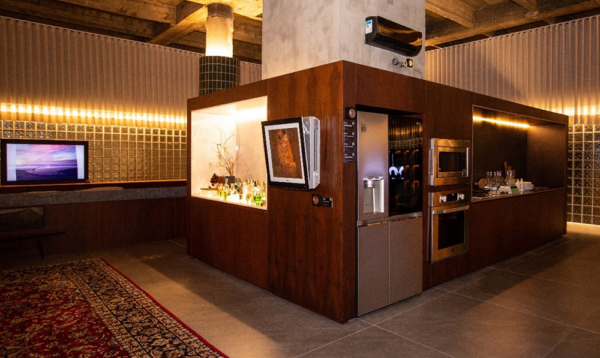
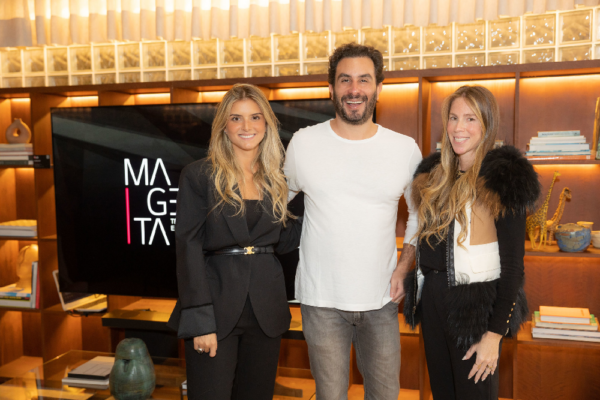
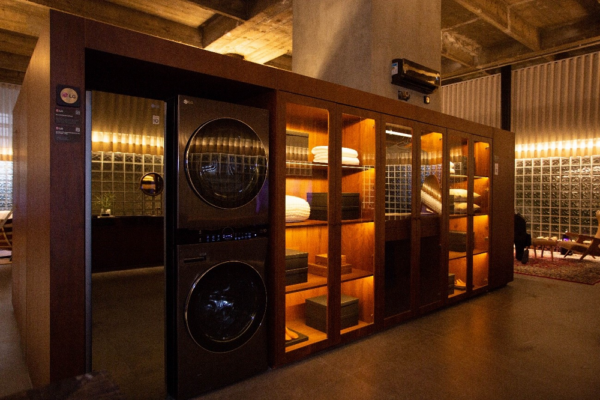
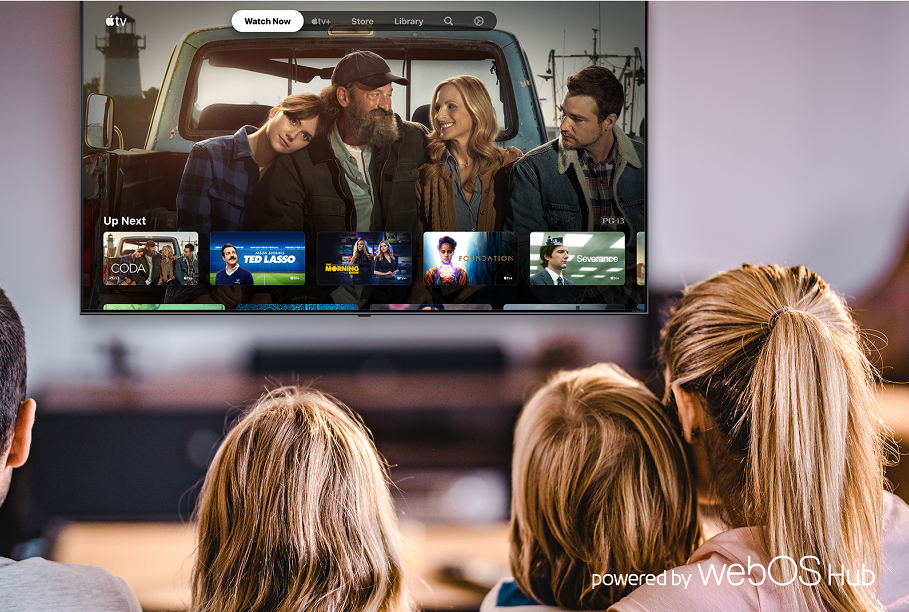
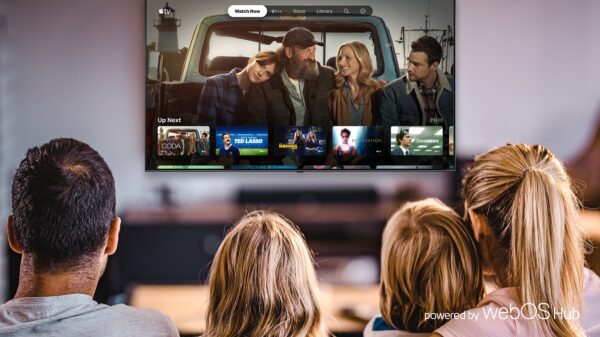
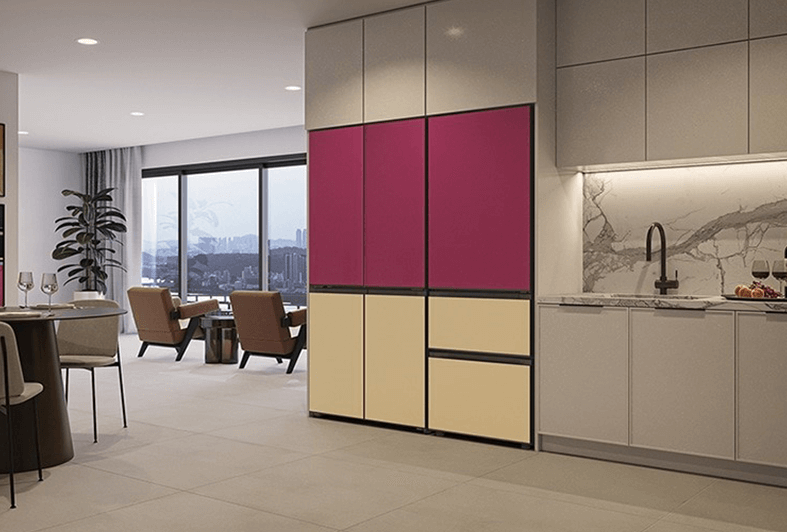
![[On the Job] LG SIC Center_01 Side view of LG MoodUP InstaView™ refrigerator installed in the dining room](https://www.lgnewsroom.com/wp-content/uploads/2023/02/On-the-Job-SIC-01-600x333.png)
![[On the Job] LG SIC Center_02 (From left to right) Chang Woon-suk, lead of Smart Solution TP, LG SIC Center, and Lee Jin-jong, LG SIC Center professional](https://www.lgnewsroom.com/wp-content/uploads/2023/02/On-the-Job-SIC-02-600x333.png)
![[On the Job] LG SIC Center_03 The LG8111, a highly integrated AI chip that is equipped with an LG-specific AI processor](https://www.lgnewsroom.com/wp-content/uploads/2023/02/On-the-Job-SIC-03-600x333.png)
![[On the Job] LG SIC Center_04 A set of LG MoodUP InstaView™ refrigerators in different colors](https://www.lgnewsroom.com/wp-content/uploads/2023/02/On-the-Job-SIC-04-600x333.png)
![[On the Job] LG SIC Center_05 A woman holding a bag of groceries is standing next to LG MoodUP InstaView™ refrigerator](https://www.lgnewsroom.com/wp-content/uploads/2023/02/On-the-Job-SIC-05-600x333.png)
